Rhododendrons buds don't bloom
true_blue
13 years ago
Related Stories

SPRING GARDENINGHouzz Call: What’s Blooming in Your Spring Garden?
Share pictures of your home and yard this season — you may see them in an upcoming story
Full Story
GARDENING GUIDES8 Flowering Vines to Plant for Nonstop Summer Blooms
Bursting with colors ranging from fiery red to purple, these showy climbers will carry your garden through summer
Full Story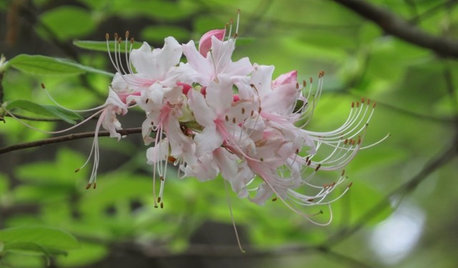
GARDENING GUIDESGreat Design Plant: Rhododendron Canescens
Have a damp, shady spot in your garden that needs a lift? This Southern U.S. native may be the solution
Full Story
GARDENING GUIDESTop 12 Summer-Blooming Perennials for Deer-Resistant Drama
Can you have garden color, fragrance and exciting foliage with hungry deer afoot? These beauties say yes
Full Story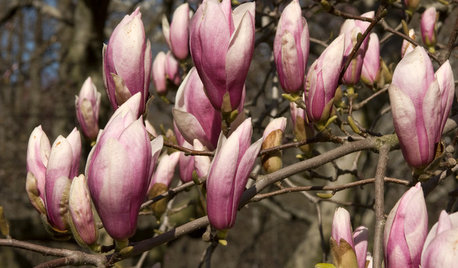
TREESHouzz Call: Show Us Your Beautifully Blooming Magnolias
Do you have one of these flowering trees? Share your pictures in the Comments
Full Story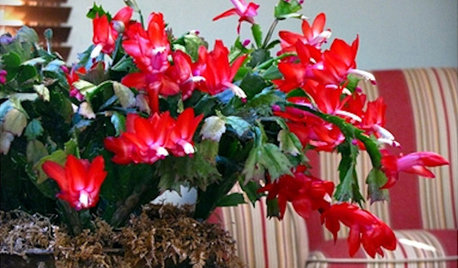
HOUSEPLANTSGreat Houseplant: Holiday-Blooming Cactus
You may know it as Christmas cactus, but whichever holiday floats your boat, this plant is a year-round beauty
Full Story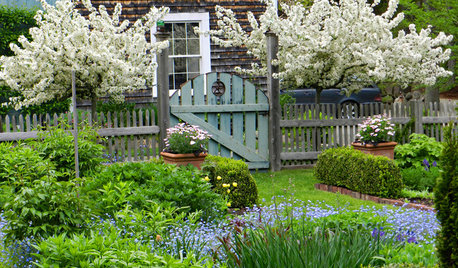
LANDSCAPE DESIGNA Gorgeous Farmhouse Garden on Cape Ann Comes Into Bloom
Tour a Massachusetts landscape designer’s private yard, crafted over two decades for year-round beauty and interest
Full Story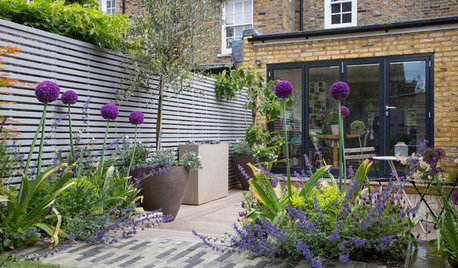
GARDENING GUIDESWhat to Do After Spring Bulbs Have Bloomed
Here’s how to care for daffodils, tulips, hyacinths and other bulbs when they’re done blooming
Full Story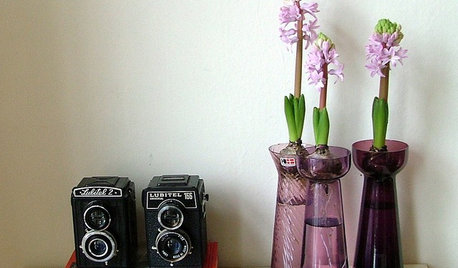
HOUSEPLANTSGet Spring-Like Hyacinth Blooms All Winter Long
Try one of these forcing methods for cheery, colorful flowers to brighten wintry days
Full Story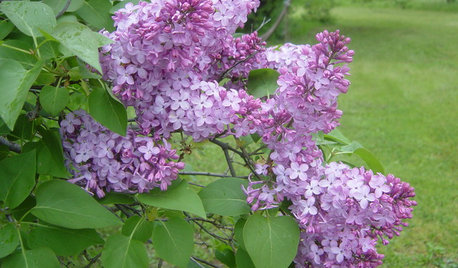
FLOWERS AND PLANTSSpectacular Blooms Distinguish the Common Lilac Bush
Don’t let the name fool you. There’s nothing ordinary about the blooms this centuries-long favorite produces
Full Story





luis_pr
true_blueOriginal Author
Related Professionals
Anderson Landscape Contractors · Clermont Landscape Contractors · Salem Landscape Contractors · Doctor Phillips Landscape Contractors · Downey Landscape Contractors · North Richland Hills Landscape Contractors · Oakland Landscape Contractors · Plainview Landscape Contractors · Stallings Landscape Contractors · Vermilion Landscape Contractors · West Haverstraw Landscape Contractors · Woodburn Landscape Contractors · Palos Hills Landscape Contractors · Irvington Landscape Contractors · Kingsburg Landscape Contractorsrhodyman
true_blueOriginal Author
true_blueOriginal Author
rhodyman
true_blueOriginal Author
NHBabs z4b-5a NH
rhodyman